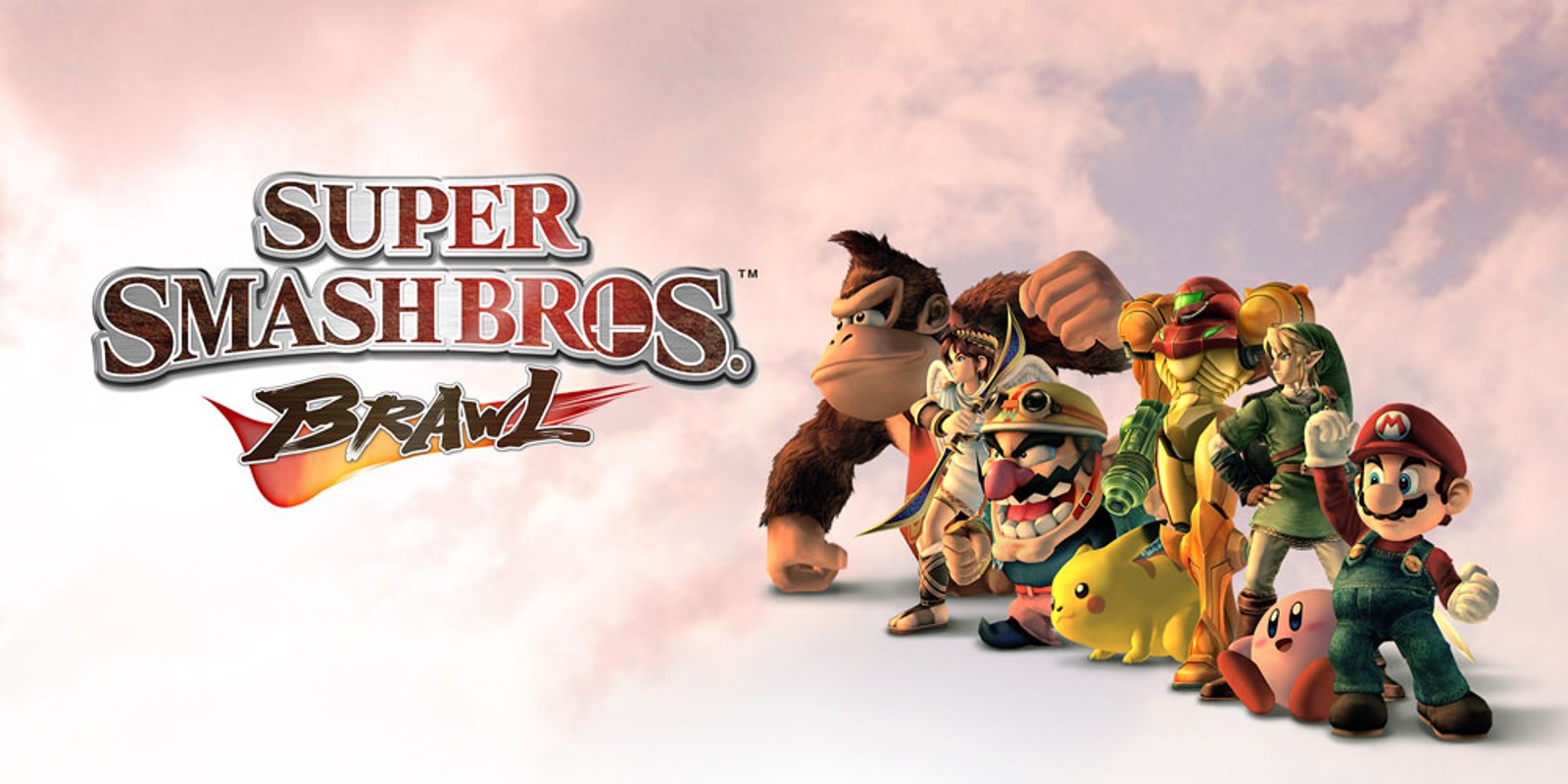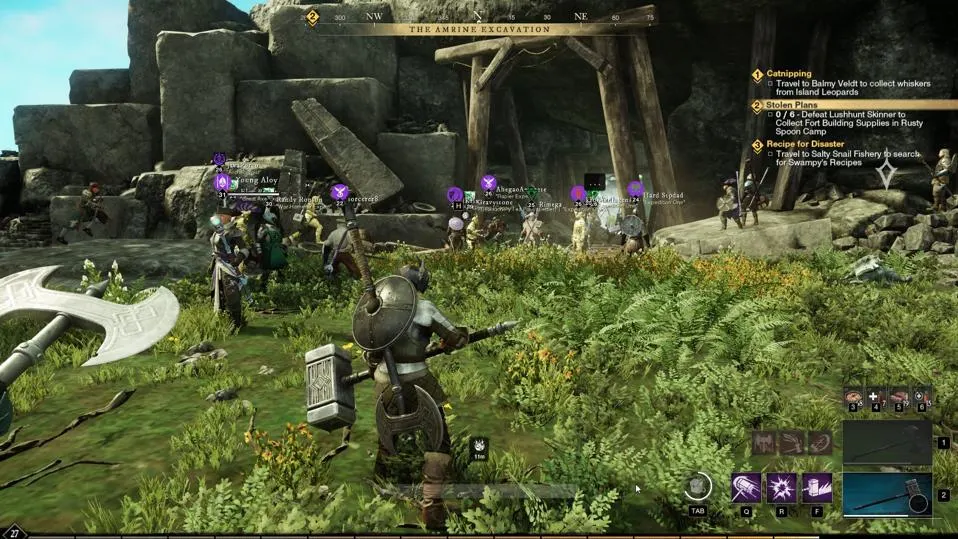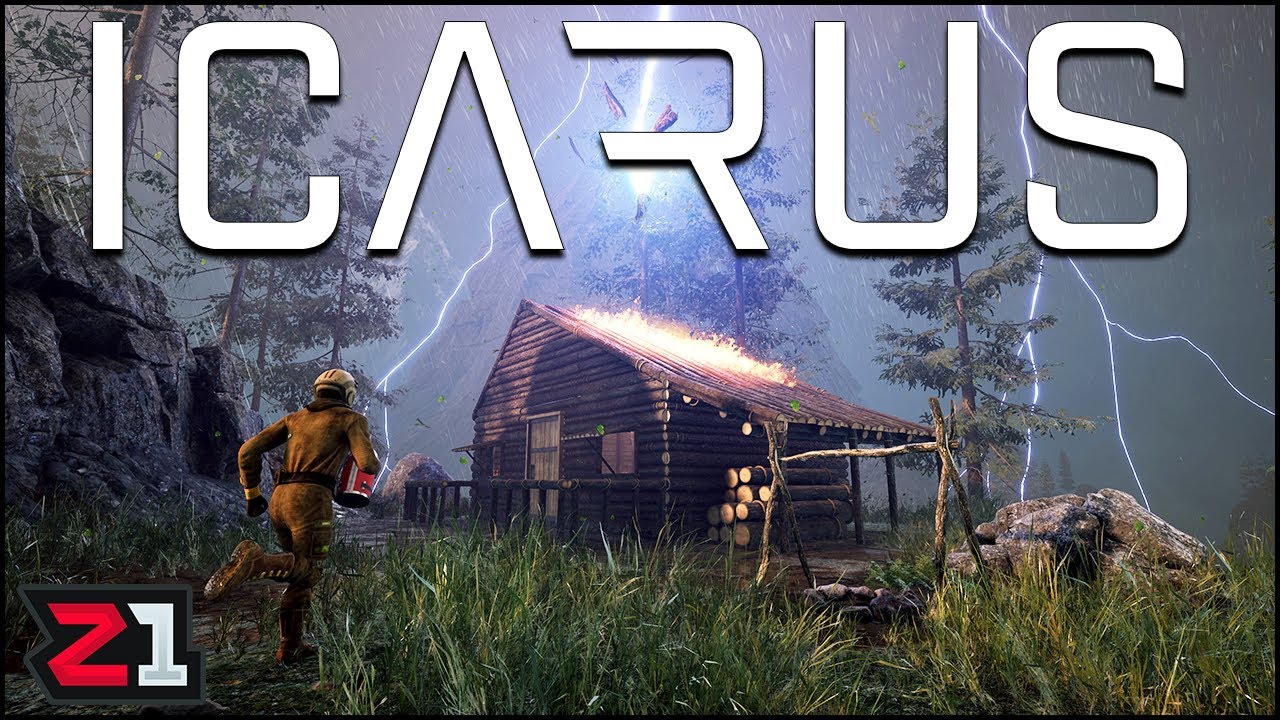Introduction to Super Smash Bros. Brawl
Super Smash Bros. Brawl, released by Nintendo for the Wii in 2008, is a critically acclaimed fighting game that expands upon the popular Super Smash Bros. series. Known for its diverse roster, engaging gameplay, and memorable features, Brawl holds a special place in the hearts of gamers. This article offers a comprehensive review of Super Smash Bros. Brawl, covering its gameplay mechanics, story elements, critical reception, and lasting impact on the gaming community.
The Development and Release of Super Smash Bros. Brawl
The Creation and Development of Super Smash Bros. Brawl
Super Smash Bros. Brawl was developed by Nintendo, with Masahiro Sakurai returning as the lead designer. The game aimed to build on the success of its predecessors while introducing new elements and characters. Key aspects of its development include:
- Enhanced Graphics and Technology: Brawl utilized the Wii’s capabilities to deliver improved graphics, animations, and special effects. The game’s visual design aimed to create a more immersive and vibrant experience.
- New Features and Mechanics: Brawl introduced several new features, including the inclusion of characters from third-party franchises, a new story mode called Subspace Emissary, and various gameplay enhancements.
The Launch and Reception of Super Smash Bros. Brawl
Super Smash Bros. Brawl was released on February 10, 2008, and quickly became a commercial and critical success. Its release was highly anticipated due to the popularity of the Super Smash Bros. series. Key points regarding its launch include:
- Sales Performance: Brawl sold over 13 million copies worldwide, making it one of the best-selling games on the Wii.
- Critical Acclaim: The game received widespread praise for its expansive roster, engaging gameplay, and innovative features.
Gameplay Mechanics and Features
Core Gameplay Elements of Super Smash Bros. Brawl
Super Smash Bros. Brawl builds upon the gameplay mechanics of its predecessors while introducing new elements to enhance the experience. Key gameplay features include:
- Combat System: Players select characters from a diverse roster and engage in fast-paced, action-packed battles. The goal is to knock opponents off the stage rather than depleting their health bars.
- Special Moves and Attacks: Each character has a unique set of special moves and attacks, including powerful Final Smashes that can turn the tide of battle.
- Items and Stages: The game features a variety of items and dynamic stages that add variety and strategy to battles. Items can provide advantages or disrupt gameplay, while stages often have interactive elements.
The Subspace Emissary: A New Story Mode
Super Smash Bros. Brawl introduced the Subspace Emissary, a single-player story mode that expanded the game’s narrative. Key elements of the Subspace Emissary include:
- Storyline and Plot: The Subspace Emissary follows a storyline involving a mysterious force threatening the universe. Players control various characters to battle enemies and uncover the plot.
- Gameplay and Design: The mode combines platforming elements with combat, offering a diverse gameplay experience. It includes cooperative play, allowing two players to team up and tackle challenges together.
The Roster and Characters of Super Smash Bros. Brawl
The Expansive Roster of Characters
Super Smash Bros. Brawl features a vast roster of characters from various Nintendo franchises and third-party games. Key aspects of the roster include:
- Returning Favorites: The game includes many beloved characters from previous installments, such as Mario, Link, and Pikachu.
- New Additions: Brawl introduced several new characters, including Solid Snake from Metal Gear Solid and Sonic the Hedgehog from SEGA.
- Unlockable Characters: Players can unlock additional characters through gameplay, adding to the game’s replayability and excitement.
Character Customization and Balancing
Character customization and balancing are crucial aspects of Super Smash Bros. Brawl. Key points include:
- Customizable Moves: While the game does not feature extensive character customization, players can adjust the moves and strategies of each character to suit their playstyle.
- Balancing Issues: Some players noted balancing issues with certain characters, leading to discussions about gameplay fairness and competitive play.
Multiplayer Experience and Community Impact
The Multiplayer Modes and Features
Super Smash Bros. Brawl offers a range of multiplayer modes that enhance the social and competitive aspects of the game. Key features include:
- Local and Online Play: Players can engage in local multiplayer battles with friends or compete online through the Wii’s online service. The game supports various match types and settings.
- Party and Competitive Modes: Brawl features party modes that emphasize fun and chaos, as well as competitive modes for serious gameplay and tournaments.
The Impact on the Competitive Scene
Super Smash Bros. Brawl had a significant impact on the competitive gaming scene. Key aspects include:
- Tournaments and Events: The game was featured in numerous tournaments and competitive events, showcasing its appeal to competitive players.
- Community Engagement: Brawl fostered a vibrant community of players and content creators, contributing to its lasting popularity.
Reviews and Critical Reception
Positive Reviews and Praise
Super Smash Bros. Brawl received widespread acclaim for various aspects of its design and gameplay. Key points of praise include:
- Character Roster: The expansive roster of characters from different franchises was highly appreciated, offering a diverse and exciting gameplay experience.
- Gameplay Innovations: Brawl’s new features, such as the Subspace Emissary and Final Smashes, were praised for adding depth and variety to the game.
- Graphics and Presentation: The game’s improved graphics and animations were noted as significant improvements over previous installments.
Criticisms and Areas for Improvement
Despite its acclaim, Super Smash Bros. Brawl faced some criticisms:
- Balancing Issues: Some players and reviewers criticized the game for balancing issues, with certain characters perceived as more powerful than others.
- Online Play Limitations: The online multiplayer experience was criticized for its lack of features and occasional connectivity issues.
Legacy and Influence on Future Titles
Super Smash Bros. Brawl’s legacy and influence on future titles are notable. Key aspects include:
- Influence on Super Smash Bros. Games: The game’s features and design influenced subsequent entries in the series, including Super Smash Bros. for Wii U and Nintendo Switch.
- Impact on Fighting Games: Brawl’s success demonstrated the potential of crossover fighting games and influenced other titles in the genre.
Super Smash Bros. Brawl Game Official Trailer by Iconic Fighting Game Review
Frequently Asked Questions (FAQ): About Super Smash Bros. Brawl
Q1: What is Super Smash Bros. Brawl?
A: Super Smash Bros. Brawl is a fighting game developed by Nintendo for the Wii, released in 2008. It is the third installment in the Super Smash Bros. series and features a diverse roster of characters, a new story mode called Subspace Emissary, and various multiplayer modes.
Q2: What are the core gameplay features of Super Smash Bros. Brawl?
A: Core gameplay features include a fast-paced combat system, a variety of special moves and Final Smashes, dynamic stages, and items that add strategic elements to battles. The game also introduces the Subspace Emissary, a single-player story mode with platforming and combat elements.
Q3: How does the Subspace Emissary mode work?
A: The Subspace Emissary is a single-player story mode that combines platforming and combat gameplay. Players control various characters to battle enemies and progress through a narrative involving a mysterious threat to the universe. The mode also supports cooperative play.
Q4: What are some of the new characters introduced in Super Smash Bros. Brawl?
A: New characters introduced in Super Smash Bros. Brawl include Solid Snake from Metal Gear Solid and Sonic the Hedgehog from SEGA. The game also features a variety of returning favorites and unlockable characters.
Q5: What were some criticisms of Super Smash Bros. Brawl?
A: Criticisms of the game include balancing issues with certain characters and limitations in the online multiplayer experience. Some players felt that certain characters were more powerful, affecting gameplay fairness.
Q6: How did Super Smash Bros. Brawl impact the competitive gaming scene?
A: Super Smash Bros. Brawl had a significant impact on the competitive gaming scene by being featured in tournaments and events. The game fostered a vibrant community of players and content creators, contributing to its lasting popularity.
Conclusion
Super Smash Bros. Brawl remains a landmark title in the Super Smash Bros. series, celebrated for its expansive character roster, engaging gameplay, and innovative features. Its impact on the gaming community, both in terms of its competitive scene and influence on future titles, underscores its significance in gaming history. As both a critical and commercial success, Super Smash Bros. Brawl continues to be remembered fondly by fans and gamers around the world.



